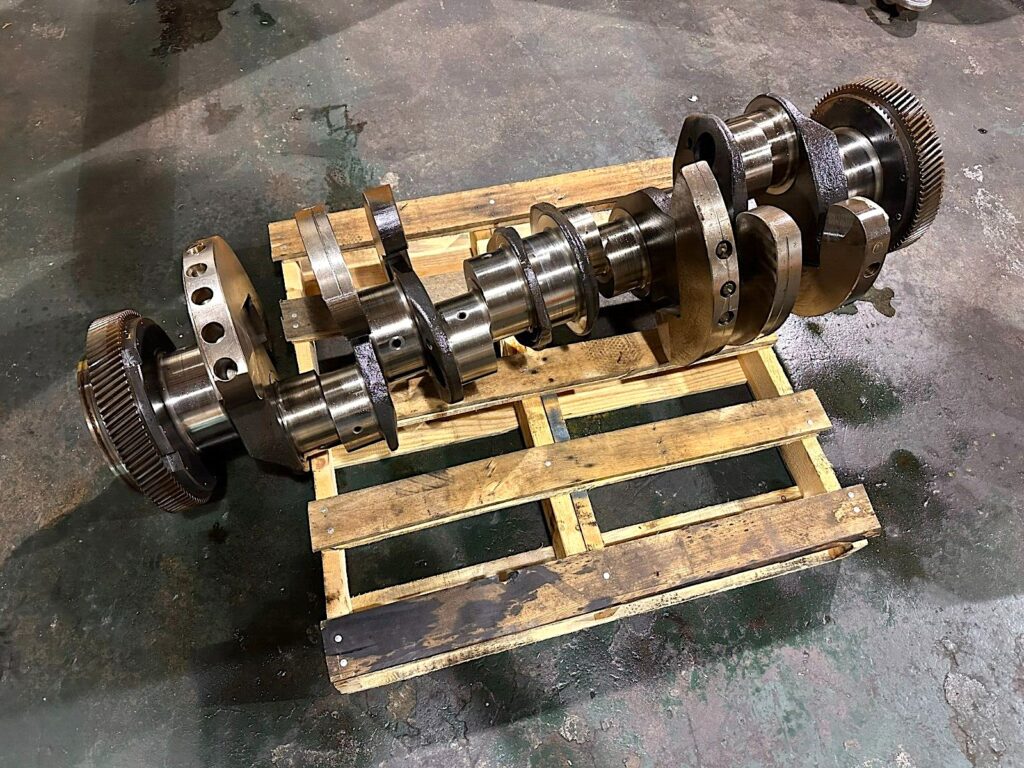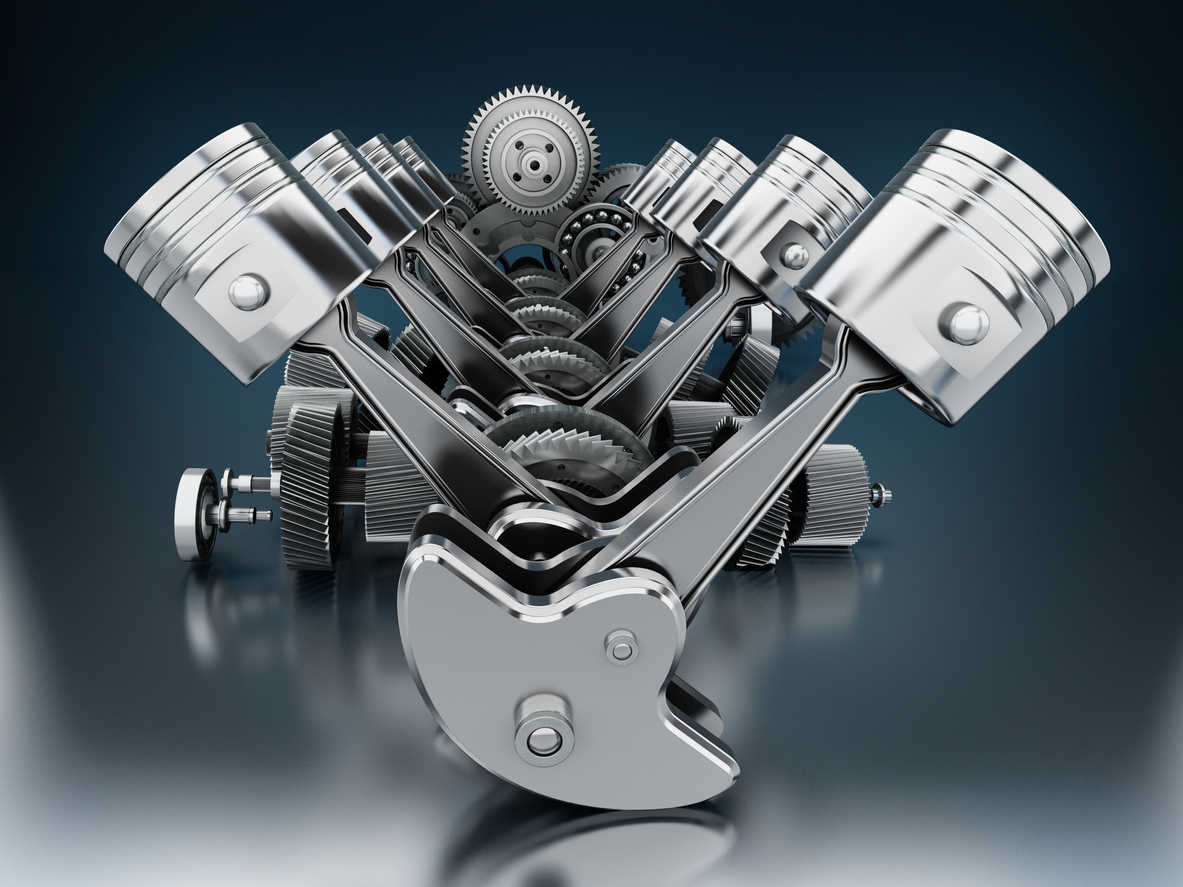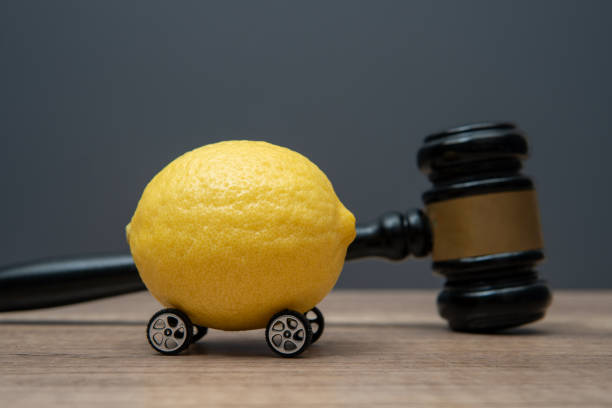When you think of a car’s engine, you might picture roaring exhausts or fuel injectors, but at the very center of this complex machine lies an unsung hero: the crankshaft. Often hidden deep inside the engine block, the crankshaft plays a critical role in turning combustion into motion.
In this article, we’ll dive deep into what a crankshaft does, how it works, why it’s vital, and what can go wrong. By the end, you’ll have a full understanding of this core engine component—and why the health of your crankshaft is so essential to your vehicle’s performance.
🛠️ What Is a Crankshaft?
The crankshaft is a solid metal shaft located at the bottom of the engine block. Its main function is to transform the linear (up-and-down) motion of the pistons into rotational motion, which eventually powers your car’s wheels.
Without the crankshaft, the energy created by combustion would never make it past the cylinder. In short, no crankshaft = no movement.
The crankshaft connects to:
- Pistons via connecting rods
- The flywheel, which stores rotational energy
- The transmission, which delivers power to the wheels
- Accessories such as the alternator, power steering pump, and A/C compressor
⚙️ Crankshaft Function: Step-by-Step Process

To understand how the crankshaft works, let’s walk through the engine cycle:
1. Combustion Begins
Fuel and air are ignited in the combustion chamber, causing the piston to push downward with force.
2. Connecting Rods Transfer Force
Each piston is linked to the crankshaft by a connecting rod, which pivots as the piston moves.
3. Rotational Motion Is Created
As the connecting rod pushes the crankshaft journal (a part of the crankshaft that’s offset from its center), it causes the crankshaft to rotate.
4. Rotational Force Travels to the Wheels
This rotation spins the flywheel, transfers torque through the clutch or torque converter, into the transmission, and finally to the wheels.
It’s a continuous loop—each cylinder firing in sequence, each stroke contributing to the smooth rotation of the crankshaft.
🧩 Key Parts of a Crankshaft
To appreciate its function, let’s break down the components of a crankshaft:
🔹 Main Journals
These are the portions that sit inside the engine block and rotate within bearings, allowing the crankshaft to spin freely.
🔹 Rod Journals (Crank Pins)
Offset sections where connecting rods are attached. These transform vertical piston motion into rotation.
🔹 Crank Throws
The sections between main journals and rod journals. They give the crankshaft its unique wavy shape and contribute to stroke length.
🔹 Counterweights
Balance the crankshaft to reduce vibration and improve engine smoothness.
🔹 Oil Passages
Internal channels that carry oil to lubricate bearings and journals.
🔹 Flange
A flat, wide area at the rear of the crankshaft where the flywheel or flexplate is bolted on.
🔍 Why the Crankshaft Is Crucial to Engine Performance

The crankshaft doesn’t just “spin things”—it influences the entire behavior of the engine. Here’s how:
✅ Enables Efficient Power Transfer
Without it, piston force would be trapped as vertical energy. The crankshaft turns that into usable rotation for driving the wheels.
✅ Maintains Engine Timing
It works in harmony with the camshaft (via the timing belt or chain) to ensure valves open and close precisely when needed.
✅ Drives Auxiliary Systems
A pulley on the crankshaft helps operate components like the alternator, power steering, water pump, and A/C.
✅ Affects Engine Smoothness
A well-balanced crankshaft reduces engine vibration, noise, and wear on internal components.
🚘 Types of Crankshafts
🔸 Flat-Plane Crankshaft
- Found in high-performance sports cars and race engines
- Light and revs quickly
- Less smooth; more vibration
🔸 Cross-Plane Crankshaft
- Common in V8 engines
- Smoother operation with better balance
- Slightly heavier and slower revving
🔸 Forged Crankshaft
- Stronger than cast versions
- Ideal for high-performance or boosted engines
- More expensive
⚠️ Common Crankshaft Problems
Despite being built for durability, crankshafts can fail—especially in neglected engines. Watch for these signs:
❗ Symptoms of Crankshaft Damage
- Knocking or tapping from the bottom of the engine
- Difficulty starting or engine stalling
- Low oil pressure
- Metal shavings in the oil
- Illuminated check engine light (especially crankshaft position sensor codes)
❗ Causes of Crankshaft Failure
- Lack of lubrication (low or dirty oil)
- Over-revving or excessive engine load
- Worn or damaged bearings
- Manufacturing defects or fatigue over time
🧰 Crankshaft Maintenance Tips
A crankshaft doesn’t require frequent servicing on its own, but its longevity depends heavily on overall engine maintenance:
- ✅ Use high-quality synthetic oil
- ✅ Change oil and filter regularly
- ✅ Replace worn timing belts/chains to avoid misalignment
- ✅ Keep an eye on oil pressure
- ✅ Inspect bearings and journals during rebuilds or engine overhauls
FAQ’s
Q1: Can a crankshaft be repaired?
Minor damage like scoring or wear can be polished or machined. Severe cracks often require replacement.
Q2: How long does a crankshaft last?
With proper care, a crankshaft can last over 200,000 miles, often outliving the engine block itself.
Q3: What is a crankshaft position sensor?
It tracks the rotation speed and position of the crankshaft and sends signals to the ECU for proper fuel and ignition timing.
Q4: Can I upgrade my crankshaft for more power?
Yes. Performance crankshafts are stronger, balanced better, and allow higher RPMs. Ideal for turbo or racing applications.
Q5: How much does a crankshaft replacement cost?
Depending on the engine type, it ranges from $1,000 to $3,500 including labor. Performance upgrades can cost more.
Conclusion: The Crankshaft—Small Part, Big Role
The crankshaft might not be visible from the outside, but it is absolutely vital to how your engine operates. It sits at the core of every combustion cycle, faithfully converting energy into motion, mile after mile. Whether you’re rebuilding an engine, tuning for power, or just understanding your vehicle better, the crankshaft deserves your attention. Keep it well-oiled, correctly balanced, and protected from stress—and your engine will thank you with years of reliable performance.




